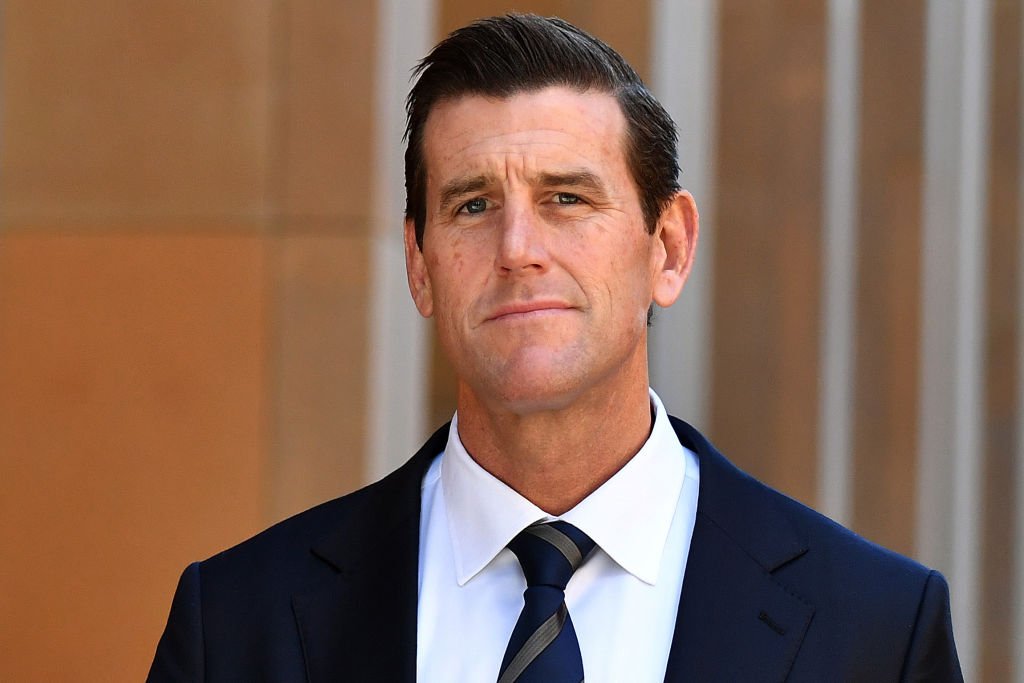Australia’s Population Surpasses 27 Million, Nearly 20 Years Sooner than Expected
The milestone was reached on the afternoon of Jan. 24.
Australia’s population has passed the 27 million mark, with the official Australian Bureau of Statistics (ABS) population clock ticking over at around 3:45 p.m. AEST on Jan. 24.
The number has exceeded the predictions made by the 2002 Treasury’s Intergenerational Report, which forecasted Australia’s population to reach 25.3 million by 2042. The report also forecasted Australia’s population to reach 25 million by 2037.
In 2023, Australia’s population grew by 624,100 people, or 2.4 percent, with overseas migration accounting for the majority at 83 percent. This amount is a record for the country, which has surpassed the previous benchmark of 442,500 in 2009.
For perspective, 624,100 is larger than the population of Tasmania, which is 572,800.
There have also been 295,900 births and 189,900 deaths over the past 12 months, which are within historical averages.
The estimate of 27 million citizens is based on Australia’s population on June 30, 2023, which was 26,638,544 people, and projected growth that includes a birth every one minute and 42 seconds.
It also assumes that one person dies every two minutes and 52 seconds, and a migrant arrives to live in Australia every 45 seconds. These factors contributed to an overall population increase of one person every 50 seconds.
Australia’s population is projected to reach between 29.2 and 30.8 million people by 2032, and between 34.3 and 45.9 million people by 2071. This is based on the population increasing annually by 1.2 to 1.7 percent until 2032.
Population Expected to Hit 28 Million in 2025
Based on the current growth rate, Australia is expected to reach its next million, 28 million, by August 2025.
The surge in growth comes after Australia experienced negative growth due to border closures during the pandemic.
Both Western Australia and Queensland are currently Australia’s fastest growing states.
Mr. McCrindle said there was a decision made to ramp up migration and the country is now catching up.
Mr. McCrindle said it was important for Australia to get back to “sustainable” growth.
“We used to be adding a million people roughly every four years, we’re adding them now in a little over a year and a half.
“It’s pretty hard to see how the number can be sustainable, particularly on top of housing shortfalls and infrastructure bottlenecks, challenges around schools and hospitals—and tip more than half a million people into the mix every year, and it makes some challenges indeed.”
He added that it’s important to try and get a balance between natural increases and migration.
“We need new births; we need the young people in our population and the stimulation that provides long-term.”






